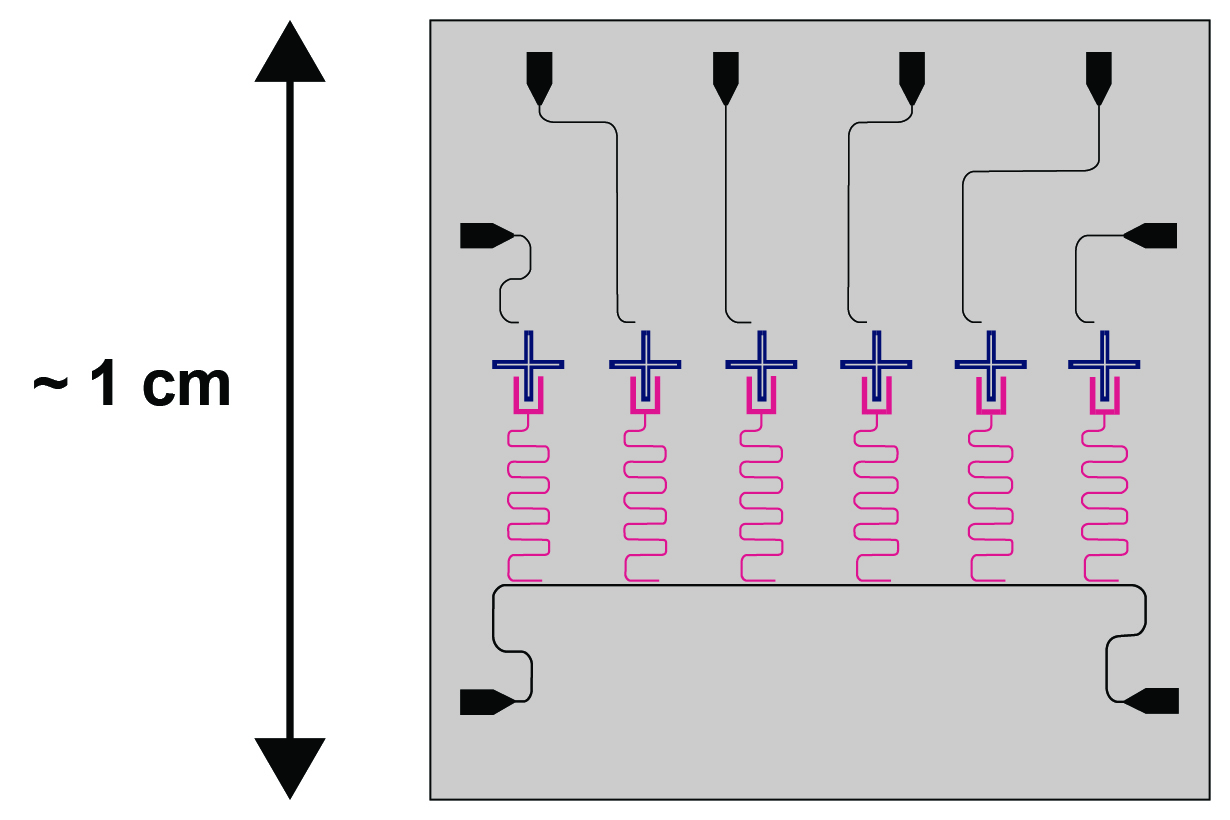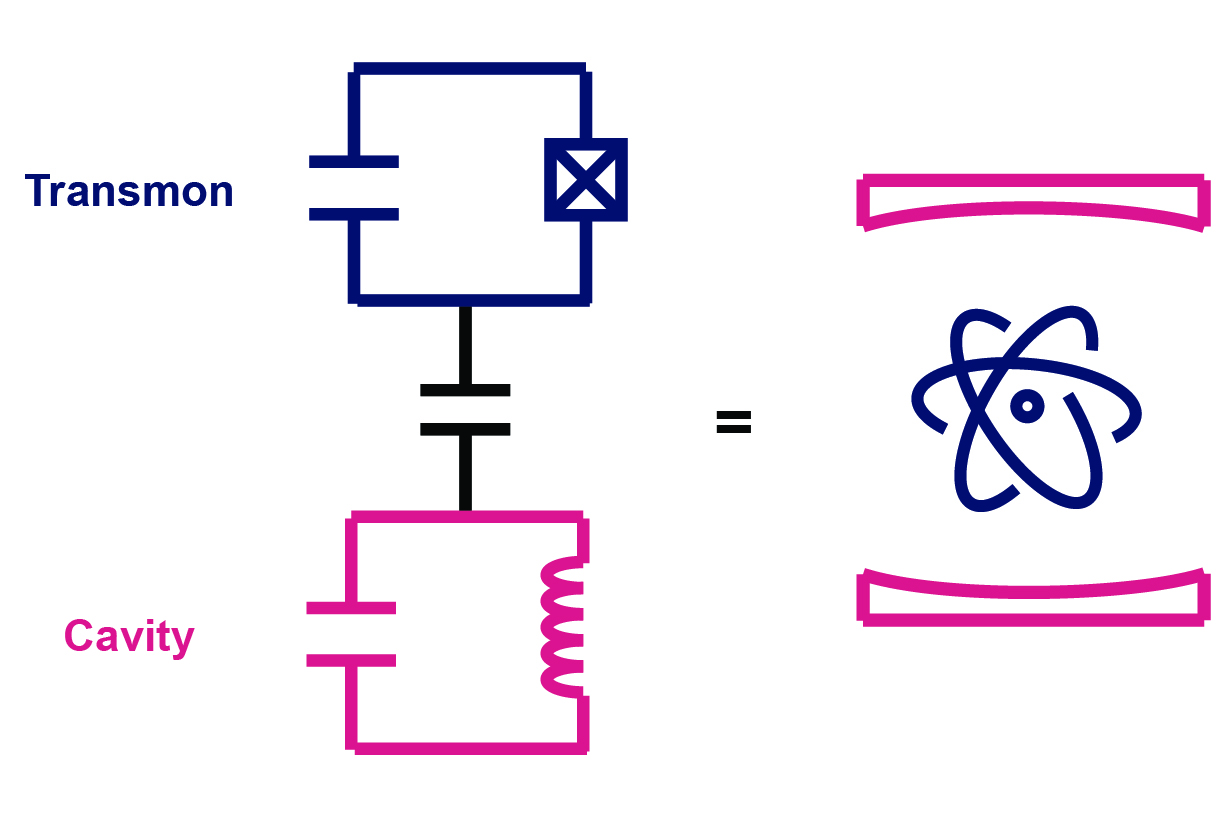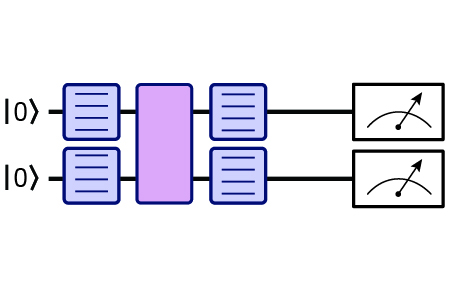Multi-level Quantum Simulation
Research
Ongoing Research Directions in the Blok-Lab
Overview: Quantum Information Science with Superconducting Circuits
Microwave photons on a chip
We engineer electrical circuits that allow us to isolate, couple and measure individual microwave photons (with frequencies in the GHz range and wavelengths of order cm) with very high precision. We are interested in making better quantum computers, doing quantum simulation and also in studying foundational questions in quantum mechanics. Our research spans many different topics in physics including quantum optics, condensed matter, quantum computing/simulation as well as engineering like nanofabrication, microwave electronics and cryogenics.

Our experimental platform consists of electrical circuits made of thin-film superconductors on a silicon substrate that we operate at cryogenic (10 mK) temperatures. We pattern the circuit with e-beam or optical lithography and because the wavelengths we work at are in the centimeter range, most elements on our chip are visible with the naked eye! Our lab has in-house fabrication facilities and also is a user of the SQUILL foundry where we have custom design devices fabricated using MIT/Lincoln Labs state-of-the-art fabrication process to make superconducting circuits.
Superconducting circuits are one of the leading platforms for quantum information processing. There are many great references to learn more about them including:
“A Quantum Engineer’s Guide to Superconducting Circuits” Applied Physics Review (2019)

Cavity QED on a Chip
The basic building blocks for our quantum processors consist of a cavity (modeled by an LC-circuit) coupled to a non-linear circuit called the transmon that includes a Josephson Junctions (Al-AlOx-Al tunnel barriers). The non-linear transmon circuit is sometimes called an artificial atom because it contains non-equally spaced energy levels with transitions in the 4-6 GHz range. We capacitively couple elements and apply resonant microwave pulses for control and readout.
Together the Cavity-Transmon system is analogous to a cavity QED setup where an atom is strongly coupled to the electro-magnetic field confined inside a cavity.

